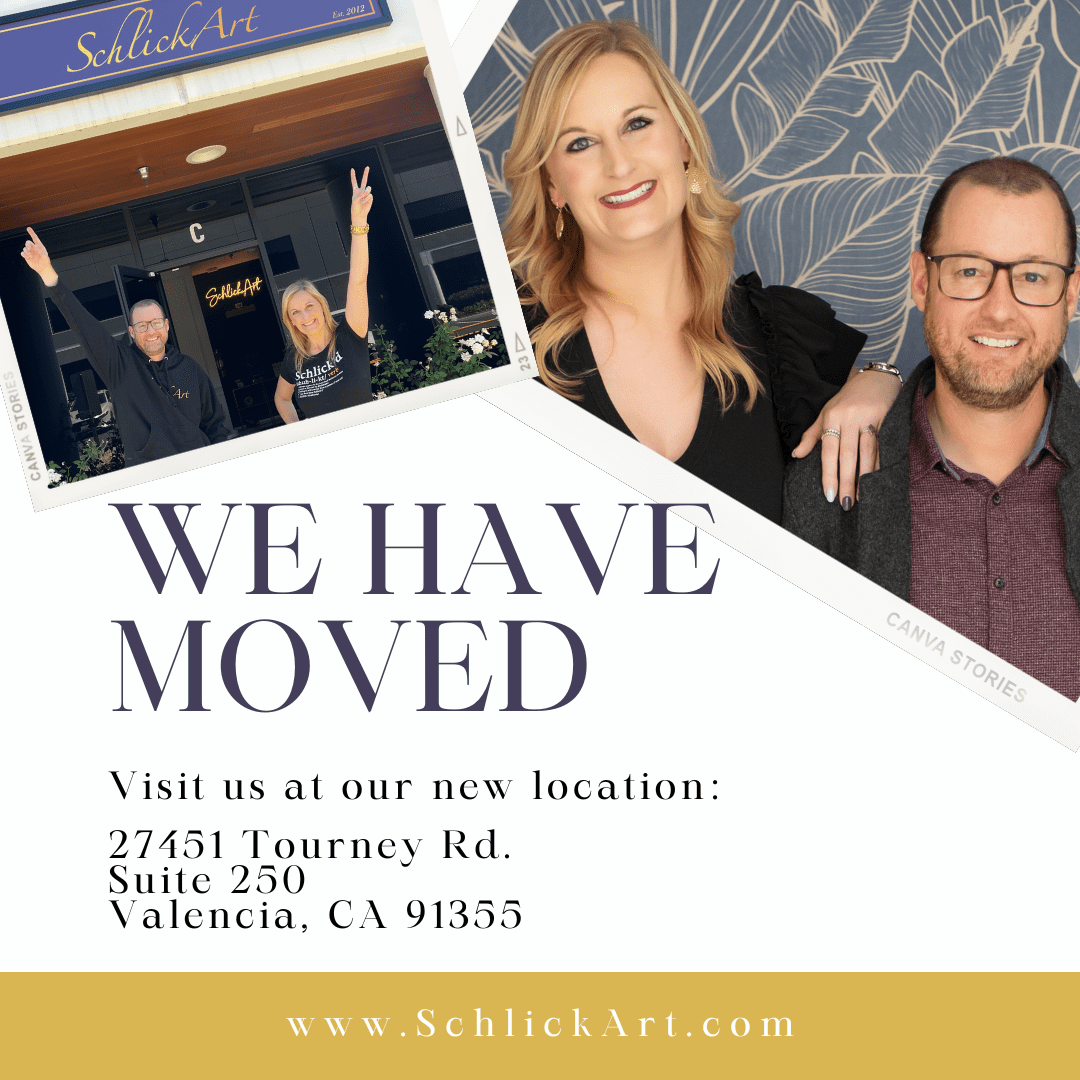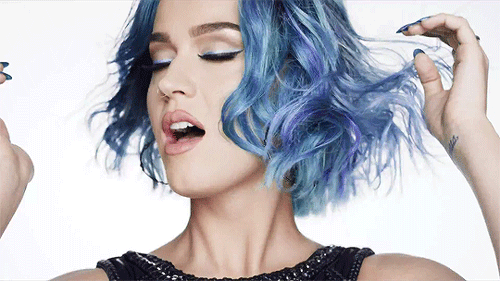Only interested in visual content that converts? Us too. Here are our five best tips to turn followers into customers.
Visual content isn’t just a tool for catching the eye — it’s a strategic asset that drives action and conversion.
While stunning images and engaging videos can certainly attract attention, the real challenge lies in ensuring that your visuals translate into tangible results.
It’s essential to approach visual content with intention and strategy if you want to move beyond mere aesthetics and foster genuine engagement.
By leveraging visual content to its full potential, we can ensure that every image and video you produce works toward achieving your business goals.
After all, if your visuals aren’t converting, it’s time to rethink your approach.
To help you get started, here’s ours. Create visual content that converts with these five steps.
Create Visual Content That Converts In 5 Steps
1. Start With A Clear Goal
 One of the most dangerous traps marketers can fall into is creating for the sake of creating. So often we post to social media or send email blasts simply because we feel like we have to keep up. We have to post three times a week, so we start throwing up random content without any purpose other than to satisfy our weekly posting goal. But that’s not actually helping us convert casual looky-loos into serious leads who take action.
One of the most dangerous traps marketers can fall into is creating for the sake of creating. So often we post to social media or send email blasts simply because we feel like we have to keep up. We have to post three times a week, so we start throwing up random content without any purpose other than to satisfy our weekly posting goal. But that’s not actually helping us convert casual looky-loos into serious leads who take action.
To start with a clear goal, you have to know where you want to send people. What specific action do you want them to take? And is your audience warmed-up enough to take that action? For example, your social media audience likely includes a mix of current clients, warm leads, power partners, friends, acquaintances and brand new eyes that know nothing about your brand. If your goal is to get people to opt into your newsletter through a landing page, then you’ll need to create content that speaks to those various segments of your audience. For the brand new eyes, you may need to post a video (the type of content with the highest engagement rates) that introduces your brand and the value offered through your free resources. For your current clients, you may just need an engaging image with a message that lets them know they’re missing out on regular content from your brand. Your clients already know and understand your value, so they’re more likely to take action with a simple tease.
While your goals may be different, make sure you’re creating content that speaks to your audience in each phase of the customer journey, from a complete stranger to your favorite client.
2. Know Your Target Audience
If you’re going to speak to specific segments of your audience, you have to know them first. What are their pain points? What do they need from you? What values do they align with? At what points in their journey will they need you?
If you want visual content that converts, it should not only reflect your brand but also speak to the lifestyle and needs of your target clients. Whether you’re catering to business professionals or creative entrepreneurs, show them how your product or service integrates into their life. This audience-centric approach fosters a sense of connection, making them more likely to engage.
To identify your marketing personas, start by gathering data from analytics, surveys and sales. Define key segments based on demographics, geographics and behavioral factors. How and when do your customers come to you? What makes them decide to reach out? Then create detailed personas for each segment by assigning names, backgrounds, goals, challenges and preferred platforms. Develop profiles that include a “day in the life” description, pain points and even insightful quotes that may resonate with that segment. Test these personas with marketing campaigns, refine them based on analytics, and document them to share with your team for more targeted visual content that converts.
3. Leverage Visual Psychology
 There’s an entire field that deals with the psychology of how we see and interpret the world around us. While we don’t need to be psychology experts to create an effective marketing campaign, it does help to consider some key insights.
There’s an entire field that deals with the psychology of how we see and interpret the world around us. While we don’t need to be psychology experts to create an effective marketing campaign, it does help to consider some key insights.
For example, if we want to build brand recognition, it’s crucial to maintain a consistent color palette and style that aligns with your brand’s personality. Otherwise, you’re not building brand recognition; you’re creating brand confusion. If your brand is going to be instantly recognizable, it can’t change every six months.
Additionally, you can use color theory to evoke desired emotions. For example, blue evokes trust, orange conveys creativity, black symbolizes luxury, and red creates a sense of urgency. Consider what story your brand is telling, and keep your visuals in line with that messaging. Though subtle, these thoughtful choices can help you tap into your audience’s emotions to forge a deeper emotional connection.
4. Optimize For Your Platforms
After crafting visual content that aligns with your brand and resonates with your target audience, it’s crucial to optimize it for specific platforms and goals. Since most visual content is consumed on mobile devices, start by ensuring that your visuals are mobile-friendly. Tailor your content to fit platform-specific formats—use vertical videos for Instagram Stories, square images for Facebook, and horizontal videos for websites. Pay attention to factors such as text readability, ensuring fonts are large enough and contrast is sufficient against backgrounds. Optimize load times by compressing images and videos without compromising quality, as slow-loading content can deter users. Mobile optimization not only enhances user experience and engagement but also impacts conversion rates and improves your search engine optimization (SEO) by making your content more accessible and user-friendly across devices.
Additionally, consider cropping and resizing visuals appropriately to fit small screens and varying aspect ratios. At SchlickArt, we create three crops for every purchased image, so you have everything you need without having to do the resizing yourself. Now that’s visual content that converts.
5. Incorporate Social Proof
 Once you’ve laid the foundation of your brand and messaging with thoughtfully produced visuals, it’s time to bring in the closers: social proof. You’ve demonstrated what your brand is all about. You’ve made promises you know you can deliver. But your potential clients don’t know that just yet. That’s when you bring other clients to do the convincing for you. Featuring user-generated content (UGC) — such as testimonials, reviews and shared posts — as part of your visual strategy adds credibility and trust. Testimonial videos are particularly powerful because you can feel the emotion in your happy customer’s delivery. Capturing behind-the-scenes content and real customer interactions gives your audience a first-hand look at how you do business, which also provides a type of proof. When people see real customers interacting with your product or service, they’re more likely to believe in your brand and take action.
Once you’ve laid the foundation of your brand and messaging with thoughtfully produced visuals, it’s time to bring in the closers: social proof. You’ve demonstrated what your brand is all about. You’ve made promises you know you can deliver. But your potential clients don’t know that just yet. That’s when you bring other clients to do the convincing for you. Featuring user-generated content (UGC) — such as testimonials, reviews and shared posts — as part of your visual strategy adds credibility and trust. Testimonial videos are particularly powerful because you can feel the emotion in your happy customer’s delivery. Capturing behind-the-scenes content and real customer interactions gives your audience a first-hand look at how you do business, which also provides a type of proof. When people see real customers interacting with your product or service, they’re more likely to believe in your brand and take action.
Creating visual content that converts requires more than just beautiful design. It’s about aligning your visuals with clear goals, optimizing for your audience and platform, and incorporating authenticity to build trust. By following these steps, your visual marketing strategy can turn engagement into meaningful conversions.
Visual Marketing Education
Ready to create visual content that converts? At SchlickArt, we know your marketing visuals are only effective if you actually use them. That’s why we help you create powerful photography and video – and then we teach you how to share it. With each session, we’ll give you our best tips based on your specific marketing goals. We provide the education and resources you need to brand your content, integrate it into your marketing strategy, post it with intention, and maximize engagement along the way.
If you want even more tips and resources, we have an educational blog, newsletter and video channel to help you dive deeper, as well as professional presentations, workshops, and coaching sessions if you’re ready to take action and level-up your marketing now.
About SchlickArt
SchlickArt, a boutique photo and video studio in Santa Clarita, started in March 2012 with the simple idea that empowerment creates a kind of beauty and authenticity that shines through every camera lens. Built on a philosophy — rather than a product, service or person — SchlickArt has rapidly evolved, meeting professional portraiture, business photo and business video needs as diverse as the community we capture. It’s the desire to take care of you, the client, that drives us at SchlickArt. That’s why we’ll work hard to help you create content that converts.






